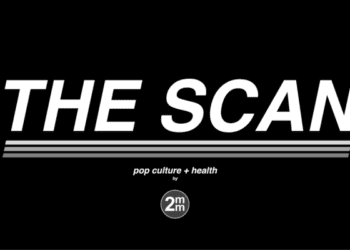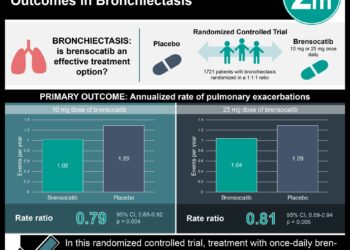Inhibition of molecular signaling in injured cornea hastens cell migration and wound closure
Image: PD
Key study points:
1. Decreased Notch signaling increases the migratory capacity, but not proliferation, of corneal epithelial cells and improves healing of corneal wounds.
2. Inhibition of Notch signaling allows actin cytoskeletal changes that may favor migration, thus providing a possible mechanism for promotion of corneal wound closure.
Primer: The cornea is essential to allowing passage of light into the eye, acting as the “window” for light to reach the retina. The corneal epithelium is vital, as its main function is protection of the cornea from bacterial, viral, and fungal pathogens. Trauma to the cornea, such as a scratch, leads to a breach of the epithelium, and thus increases the risk of subsequent infection; the longer the breach exists, the greater the risk. When the epithelium is injured, remaining epithelial cells attempt to correct the defect rapidly, hypothesized to occur by proliferation and differentiation. The Notch molecular pathway is a appears to be essential to this process. When activated, the Notch intracellular fragment translocates to the nucleus to activate target genes.
The authors previously reported a downregulation of Notch1 during the beginning stages of wound healing in the corneal epithelium, which they thought corresponded to an increase in epithelial proliferative capacity.
Background reading:
This [in vitro] study: The study involved several components:
1. Inhibition of Notch signaling was induced in human corneal epithelial cells, both via exposure to DAPT, a Notch inhibitor, and via knockout of the Notch1 gene using stable transfection with Notch1-shorthairpin RNA (shRNA). Capacity for epithelial healing was subsequently assessed in the two inhibited cells and in control cells (treated with DMSO) using an injury model. The authors assessed the epithelial cells’ ability to migrate and proliferate using cell plating and proliferation assays (optical densitometry and immunofluorescence (IF) of Ki67, a proliferation marker), respectively.
2. IF for the cytoskeletal protein phalloidin was completed to assess for effect of Notch inhibition on the cell cytoskeleton.
3. Corneal wound healing was studied in the in vivo setting using mice. Mouse corneas were scratched, DAPT or DMSO was administered, and subsequent fluorescein staining revealed the rate of wound closure.
Notch1 expression was significantly reduced (42% of baseline expression) at the leading edge of the migrating corneal epithelium during the healing process. Inhibition of Notch1 using DAPT encouraged wound closure in the scratch assay and DAPT-treated cells exhibited a significant increase in migration of approximately 2.2-fold over control cells (p<0.0001). Similarly, cells transfected with the Notch1 shRNA exhibited faster closure of scratch wounds (p<0.004) and increased cell migration of approximately 4-fold greater than control cells. Studies using IF staining for phalloidin found that Notch inhibition reduced cell-matrix adhesion by 35%. However, Notch inhibition did not appear to alter cell proliferation. Finally, in mice that underwent corneal trauma, DAPT treatment demonstrated a higher percentage area of wound closure (p=0.025) compared to controls treated with DMSO.
In sum: Inhibition of the Notch pathway, either by direct inhibition using DAPT or Notch1 knockout using shRNA, results in a pro-migratory phase for corneal epithelium especially near the leading edge. Inhibition of cell-matrix adhesion may be a plausible mechanism by which this progression is occurring. These findings suggest that Notch inhibition may prove to be a promising future research direction in the development of clinical interventions for corneal epithelium healing.
Strengths of this study include the use of multiple assays to survey the Notch pathway, as well as the in vivo data that provides a clinical connection. This study faces a couple of important limitations. First, given the widespread importance of the Notch pathway and its prevalence in cell signaling; the direct application of a Notch inhibitor to the eye may have widespread side effects in the clinical setting, thus reducing the applicability of this study. In addition, previous studies have identified that the degree to which Notch pathways are activated can have significantly different effects; it is a highly dose-dependent relationship. However, the authors did not quantify the degree of Notch inhibition, which would have provided more information regarding the level at which Notch inhibition may promote epithelial healing in the cornea.
Click to read the study in IOVS
By [SSS] and [MK]
© 2012 2minutemedicine.com. All rights reserved. No works may be reproduced without written consent from 2minutemedicine.com. DISCLAIMER: Posts are not medical advice and are not intended as such. Please see a healthcare professional if you seek medical advice.




